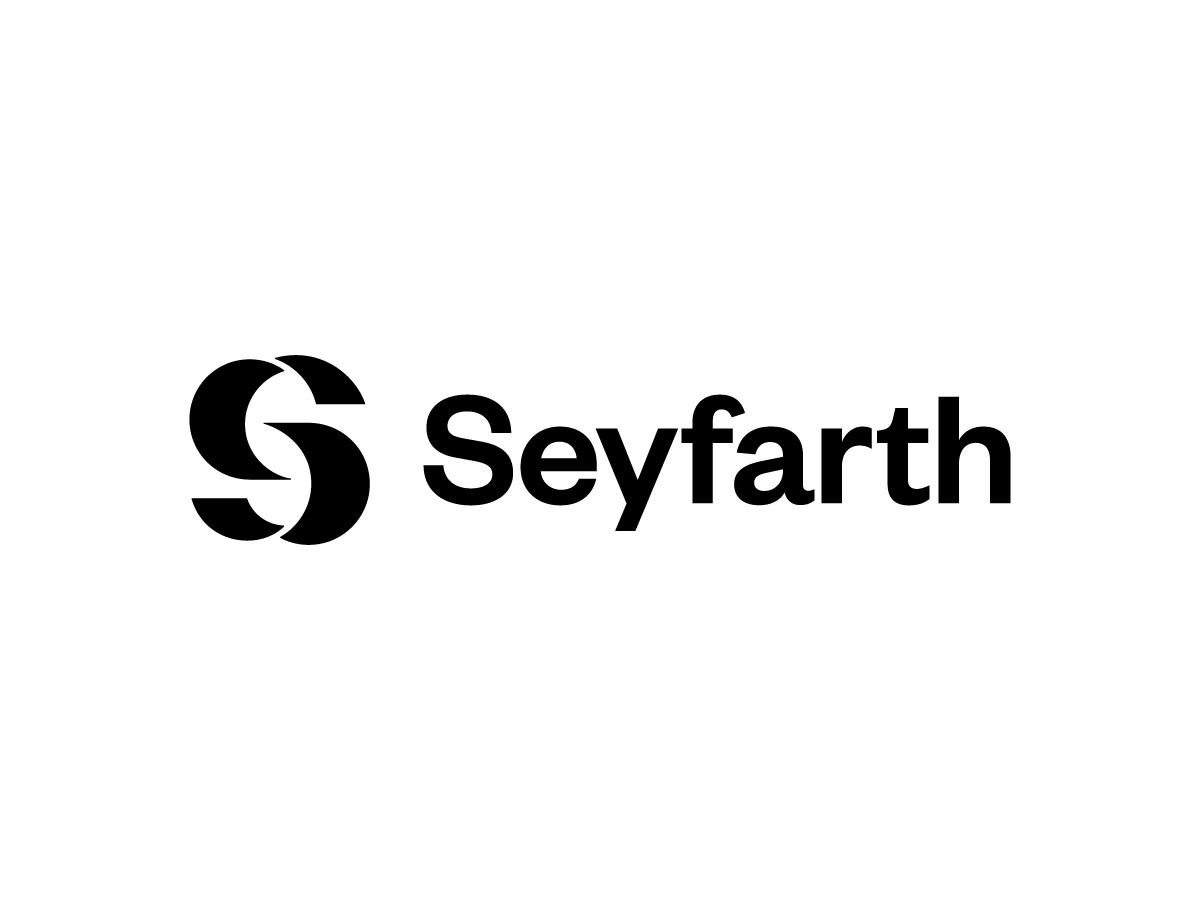Patent Durability: Building a Better Fence
“Patent durability incentivizes inventors to be efficient in constructing their patent protection….By requiring inventors to invest in their own protection via patent durability, a higher level of credence will be given to the value of an invention.”
White vinyl fence by green lawn
At the very end of the movie “The Current War,” Benedict Cumberbatch, the actor who played Thomas Edison, bumps into Michael Shannon, the actor who played George Westinghouse. The two had battled for years over implementations of their respective electric current systems into society, with Westinghouse winning in the end. This particular meeting probably never took place, but the conversation in the movie was rather interesting. After some small talk, Edison, one of the greatest inventors in American history, turned to Westinghouse and said, “Don’t you think a fence is a unique creation? Your neighbor puts one up, and suddenly one becomes two. You also have a fence. There’s only one problem. You see, one person on one side of the fence designed it, one person on one side built it, and one person paid for it, and yet the other person received a fine free fence.” After Edison made these comments, Westinghouse paused, and calmly said, “I didn’t take your ideas.” A few moments later, Westinghouse substantively wrapped up the encounter by stating, “You know, I think the solution is to divide the cost of the fence, to where you could not build a fence at all. Your garden would be twice as big. Wouldn’t it, Tom?”
A patent is a fence, in a sense. When an inventor procures a patent, he or she has put up a fence, making it more difficult for a thief to take what is inside. It would be lovely if we did not need fences, but human nature tells us that we do. It’s the same reason most people choose to lock their doors at night. Now, when it comes to the cost of the fence, this is where Westinghouse has a point.
Many inventors either cannot afford the costs associated with procuring patents, or do not have faith in the patent system to justly compensate them when they disclose their technology. In these situations, they most often choose to do one of two things: a) tell people about their inventions but do so without any protection; or b) keep their inventions a secret. These are bleak options. If the inventor tells people about the invention without any protection, and the invention is worthwhile enough, people will steal it, thus jading his or her spirit for invention. For an inventor whose spirit might otherwise have been ferocious enough to attempt something 10,000 times in order to discover today’s incandescent light bulb, he or she might give up, robbing society of what could have been something truly great. Regarding secrecy, many of the inventors who choose secrecy often believe that in order to receive just compensation for their discoveries, they have no other choice, both because the patent system cannot be relied upon, and trade secret protections are recognized for certain types of inventions. However, if they end up going to the grave without telling anyone how their inventions work, society will miss out on a great opportunity. Alternatively, if these inventors knew that the patent system could offer them just compensation for their discoveries, they would flock toward public disclosure in droves.
Enter, ‘Patent Durability’
The solution to these problems is to enact legislation that factors a new variable into the calculus, one coined “patent durability.” Patent durability is a newly created and legally binding proposed aspect of a patent that comprises a plurality of components related to patent procurement and patent enforcement that each have a composition proscribed by an inventor on the filing date. Example components of patent durability may be: a) a cap on future damages; b) a cap on future patent assertions; c) an increased amount required to be paid by future defendants to institute Inter Partes Review (IPR); d) a variable patent term; and e) restrictions on amount of claims in an application (e.g., a utility patent application that is limited to one independent claim and one dependent claim on the filing date). When these five components (and there could be more – different (e.g., relaxed) 35 U.S.C. § 101/103 standards, should the mandates of these statutes ever become clearer) are proscribed on the filing date, a patent durability calculator would yield a cost schedule, via an actuarial process, as done in the insurance industry.
Costs in the cost schedule would be based on maintenance fees and filing fees, which would now be different for each patent. One example of how a patent durability calculator might work would be if an inventor wants to proscribe on the filing date that damages associated with a given patent will be capped at $20 million in the future (e.g., a less durable patent), resulting maintenance fees and filing fees on that patent would be cut in half, all else being the same. Claim restricted applications (which would take less time to draft), caps on future patent assertions, and reductions in patent term would also result in a reduction in maintenance fees and filing fees, all else being the same. Another example might be if an inventor wants to proscribe on the filing date that a future defendant will have to pay twice as much to institute IPR (e.g., a more durable patent), resulting maintenance fees and filing fees on that patent would be doubled (and might require more drafting time), all else being the same. It follows that patent durability makes the overall costs of procuring a patent and the strength of a patent much more variable. It also allows inventors to more easily recoup costs from those who use their inventions and would provide society with disclosures of inventions that would otherwise not be disclosed.
The Advantages
In operation, patent durability gives more power to inventors by allowing them to tailor their patent protection to the value of the invention, as opposed to today’s approach which is one size fits all. When inventors proscribe patent durability on the filing date, they are forced to make an investment on the future value of their invention. As it stands now, the value of the patent is determined at a point far in the future, with an insignificant amount of input from the inventors. Unfortunately, when this is done, the securities surrounding money become greatly reduced, causing its exchange to dirty the hands of those involved. Patent durability at least partially remedies this by tightening those securities, thus allowing the hands of those involved to remain cleaner. Specifically, it makes the protection provided to the inventor more proportionate to its value than is done presently.
Patent durability more justly compensates inventors for their efforts to invent. It does this by taking into account what protection inventors believe the invention calls for, what their financial position is, as well as what they would be willing to sacrifice to procure the patent. When a patent application is filed, having the inventor proscribe patent durability fuses these considerations with the patent, giving it a measure of net present value. This value is born from the inventor’s desire to solve a problem and is thus a measure of the magnitude of the problem being solved. When it comes to the problem solved by an invention, the inventor takes a back seat to no one in understanding it.
The Trade-Offs
Additionally, while some inventors may believe that their inventions are worth a great deal more than they actually are, the only way for them to get robust protection is to pay a great deal more than they need to. When the inventions of these inventors turn out to not be as valuable as they initially thought, they will have an overly durable patent protecting them, one which they spent more on than was necessary. In other words, patent durability incentivizes inventors to be efficient in constructing their patent protection. Furthermore, while some inventors may have a valuable invention and not be able to afford the protection that the invention truly merits, patent durability will allow them to get a great deal more protection than the current system provides. Specifically, they can spend significantly less on attorney and U.S. Patent and Trademark Office fees for less durable patents, as well as receive a nontrivial amount of patent protection. Moreover, by requiring inventors to invest in their own protection via patent durability, a higher level of credence will be given to the value of an invention. Policing infringement will thus be streamlined because it will be easier to determine whether this value and what the plaintiffs are seeking correspond to one another.
A Future with Patent Durability Would Be More Flowery
What would patent durability mean for our gardens, to stick with the language from “The Current War”? It would mean that there would be many more flowers in each of them, flowers that would be much prettier to look at, and ones that would have been planted with cleaner hands. Allowing the durability of a fence’s makeup to be a variable element of its construction will cause the flow of money between those who invent and those who benefit from inventors to be more secure. For example, though less expensive and less durable fences will not be all that difficult to scale, they will still deter many people who might otherwise steal and will force those people to pay more than a nominal amount for what is inside. For more expensive and durable fences, they will be very difficult to scale and will do a more thorough job of forcing malevolent actors on the outside to pay for what is inside instead of stealing. Additionally, because patents are published, and because they expire after a set time, the whole world will be able to see and pay for what is inside, as well as take what is inside free of charge once the patent expires. Moreover, because the inventor will have been more justly compensated, his or her spirit for invention will not have been jaded as a result of any disclosure. Does this not promote the progress of science and useful arts?
Image Source: Deposit Photos
Image ID: 12277191
Author: cfarmer






